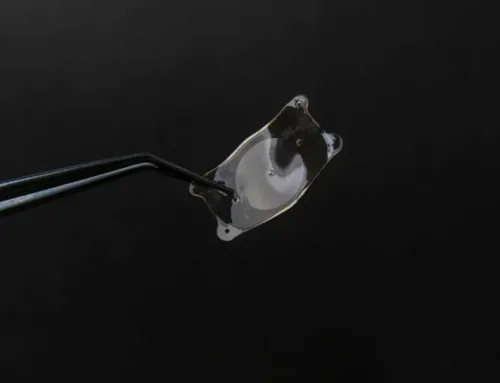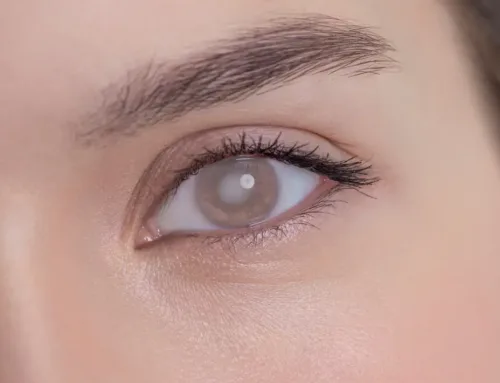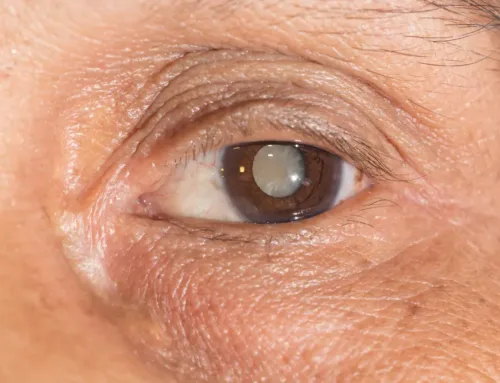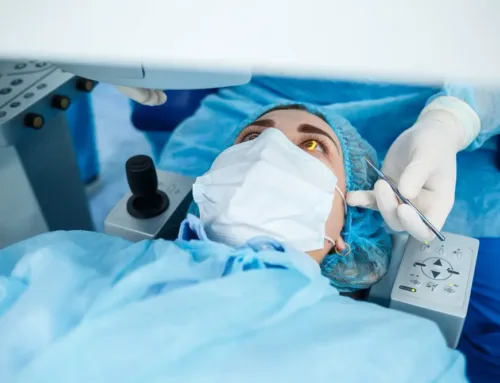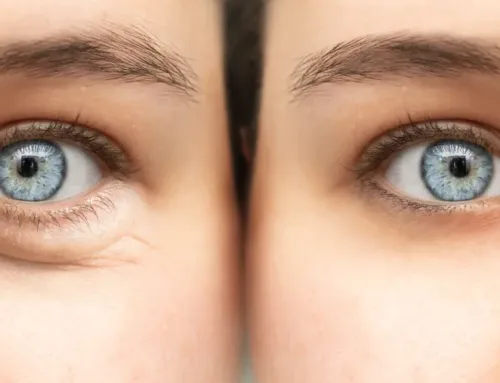Eyes have lenses that act as windows behind the pupil, and they consist of water and clear protein. The lenses help focus light upon the retina, which then transmits it to the brain. As people get older, the proteins in the eye change, turning the natural lens cloudy. 
This condition is known as cataracts, and it causes things to look blurry with a brownish tint. Your ophthalmologist can correct the condition effectively with intraocular lens (IOL) implants for cataracts.
Cataract Removal
When a cataract clouds the vision, you can remove it through a relatively simple surgical procedure. After removal, the lens power will require replacement. This allows light and visual images to continue focusing on the eye retina.
Intraocular lenses have been around for decades, and they eliminate the need to wear aphakic glasses or contacts after cataract surgery. The lenses have become an integral part of cataract surgery.
Benefits Of Intraocular Lens Implants
Intraocular lens implants are artificial replacements for the eye lens made from clear plastic. Of the more than two million cataract surgeries that ophthalmologists perform each year, more than 99 percent of them include IOLs.
The IOLs remain in the eye for the patient’s lifetime, and they help correct vision. Apart from near and far vision, IOLs can help correct astigmatism. IOLs help provide proper and natural vision after surgery. The lenses are safe and well-developed, making them ideal for modern cataract surgery.
Types Of IOL Implants
There are different types of IOL implants. Monofocal IOLs are the most common, and they remain focused at one distance. Multifocal implants work much like progressive or bifocal lenses, and they help focus at different distances.
Accommodating IOLs offer a flexible option and function like a natural lens. They focus at more than a single distance and reduce the need to wear glasses. Toric IOLs are ideal for patients with astigmatism or those with an irregularly-shaped cornea.
During Cataract Surgery
An ophthalmologist who specializes in eye surgery performs the procedure to remove cataracts.
Before the surgery, the your ophthalmologist will measure the eye to determine the right implant for you. You will be prescribed medicated eye drops for several days before the surgery. If you wear contacts, you should stop wearing them or using some medications for several days before the procedure.
Cataract Surgery Aftercare
Complete recovery from cataract surgery usually takes about eight to 12 weeks. During recovery, keep eyes protected by wearing sunglasses and an eye shield at night. You should avoid pressing or rubbing your eye even if it feels itchy or is oozing fluid.
Taking the prescribed medicated eye drops is vital for the healing process. Avoid heavy lifting or exercise during the recovery period. Intraocular lens implants help enhance the results of cataract surgery.
For more on the benefits of IOL implants for cataracts, call Treasure Coast Eye Specialists in Florida. You can reach us at our office in Port Saint Lucie 772-400-2400 or Stuart 772-286-0007.





